Ah, the early 2000s. Just saying the phrase conjures up a symphony of sounds: the mechanical whir and screech of a dial-up modem connecting, the triumphant “You’ve got mail!” echoing through the house, and the subtle groan of a computer fan trying its best to load a 3MB image. It was a time when the internet wasn’t just a utility; it was a destination, a wild frontier where every click felt like an adventure into the unknown. We’re talking about an era before algorithms dictated our every feed, before influencers became a career path, and certainly before infinite scrolling became the default state of online existence. The web back then was clunky, messy, and wonderfully personal. It laid the groundwork for the hyper-connected, sleek digital world we inhabit today, making us appreciate the instant access and lightning-fast speeds we now take for granted.
Indeed, if we’re being honest, many of the conveniences we enjoy today — from seamless music streaming to lightning-fast search results — owe their very existence to the scrappy, often chaotic innovations of that early digital age. Napster and LimeWire, for instance, were the necessary precursors that Spotify and Apple Music could eventually build upon. But beyond the foundational technologies, there was a raw, unfiltered personality to the early internet that fostered genuine connection and boundless creativity. It was a space where you could truly feel like you were building something, contributing to a nascent global community without the pressure of follower counts or viral trends. Everyone was just figuring it out, one glittery GIF and blinking text banner at a time.
So, prepare for a serious dose of digital nostalgia as we take a deep dive into some of the absolute pioneers of information and community from the early 2000s. These weren’t just websites; they were cultural touchstones that defined a generation of internet users, helping us learn, play, and connect in ways we’d never imagined. From the original social networks that predate Facebook to the wild content hubs that set the stage for YouTube, let’s journey back to a time when the internet truly felt like a boundless new world. Get ready to reminisce about the digital titans that once dominated our browsers, our time, and our hearts, and discover what became of these internet legends.
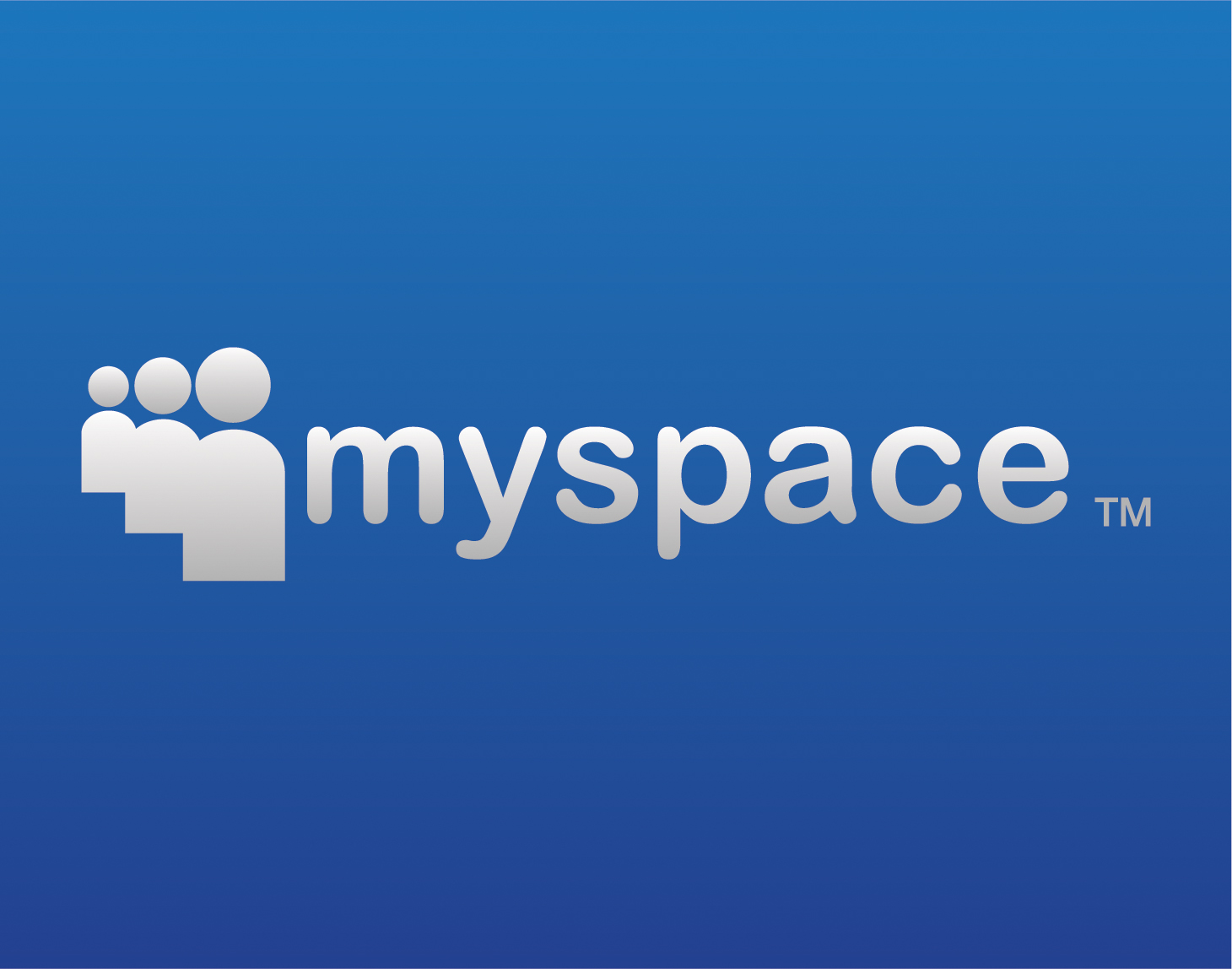
1. MySpace: The Social Network That Had It All (First)
During its peak glory between 2005 and 2008, MySpace wasn’t merely a social network; it was an entire cultural phenomenon. It offered an unparalleled level of personal expression, allowing users to deeply customize their profiles with vibrant backgrounds, autoplaying music (often a track from an obscure emo band), and a dizzying array of glittery GIFs. The iconic “Top 8 Friends” feature, in particular, became a source of both intense joy and dramatic anxiety, as users carefully curated their closest connections, often leading to fierce loyalty or heartbreaking snubs. MySpace truly served as the original personal branding playground, giving everyone a digital canvas to define themselves online.
Beyond individual profiles, MySpace was a powerful incubator for emerging talent and counter-culture. Bands like Fall Out Boy and Panic! At The Disco found their earliest audiences and built massive fanbases directly on the platform, showcasing the democratizing power of the early internet. Celebrities, too, embraced its unfiltered nature, often posting candid rants or sharing behind-the-scenes glimpses into their lives. For many, it was a place where you could authentically express yourself, creating an online persona that reflected your tastes, your friendships, and your unique personality – often with the help of some strategically placed eyeliner.
However, the reign of MySpace eventually saw its decline with the rise of a cleaner, simpler, and less visually cluttered competitor: Facebook. While MySpace reveled in its customization and chaotic charm, Facebook offered a streamlined, more mature alternative that appealed to a broader audience. MySpace attempted various pivots and rebrands, changing ownership multiple times, but struggled to regain its former dominance. Today, it still exists online, primarily as a music-focused relic with an often-unrecognized AI-generated homepage, occasionally making headlines for accidentally deleting vast archives of user-uploaded music. It’s a stark reminder of how quickly the digital landscape can shift.

2. GeoCities: The Wild West of Personal Web Pages
Long before drag-and-drop website builders or sophisticated content management systems, there was GeoCities, the quintessential DIY web experience. It was the original platform that empowered anyone, regardless of technical skill, to create their own corner of the internet. The concept was delightfully simple: users selected a “neighborhood” – such as “Hollywood” for film enthusiasts or “SiliconValley” for tech aficionados – and then began to construct their personal web pages using basic HTML. The result was a glorious mishmash of blinking text, visitor counters that rarely worked, and animated “under construction” GIFs, all contributing to its unique, chaotic charm. It was undeniably messy and loud, but above all, it was authentically yours.
GeoCities quickly became a fertile ground for boundless creativity and self-expression. It was the digital birthplace where fan fiction first truly thrived, allowing passionate fans to share stories and theories about their favorite shows and movies. Conspiracy theories, too, found a comfortable home on GeoCities, often presented with passionate fervor and questionable graphic design. More importantly, it was here that an entire generation of teens first grasped the profound concept that they could publish their thoughts, ideas, and creations to a global audience, directly influencing the burgeoning culture of the World Wide Web. It was a true testament to the internet’s early promise of democratized publishing.
Tragically, this vibrant digital ecosystem met its untimely end when Yahoo, after acquiring GeoCities in 1999, decided to shut it down in 2009. This move resulted in the deletion of over 7 million personal web pages, a cultural catastrophe that felt like the loss of countless digital memories and creative endeavors. While the original platform is gone, its spirit endures thanks to dedicated efforts like the Owen Livesay Project and the Archive Team, who managed to save much of GeoCities’ content. Today, you can still digitally wander its preserved streets, exploring a museum-like collection of early internet chaos and the unbridled creativity of its pioneers, a bittersweet monument to a bygone era of web design.
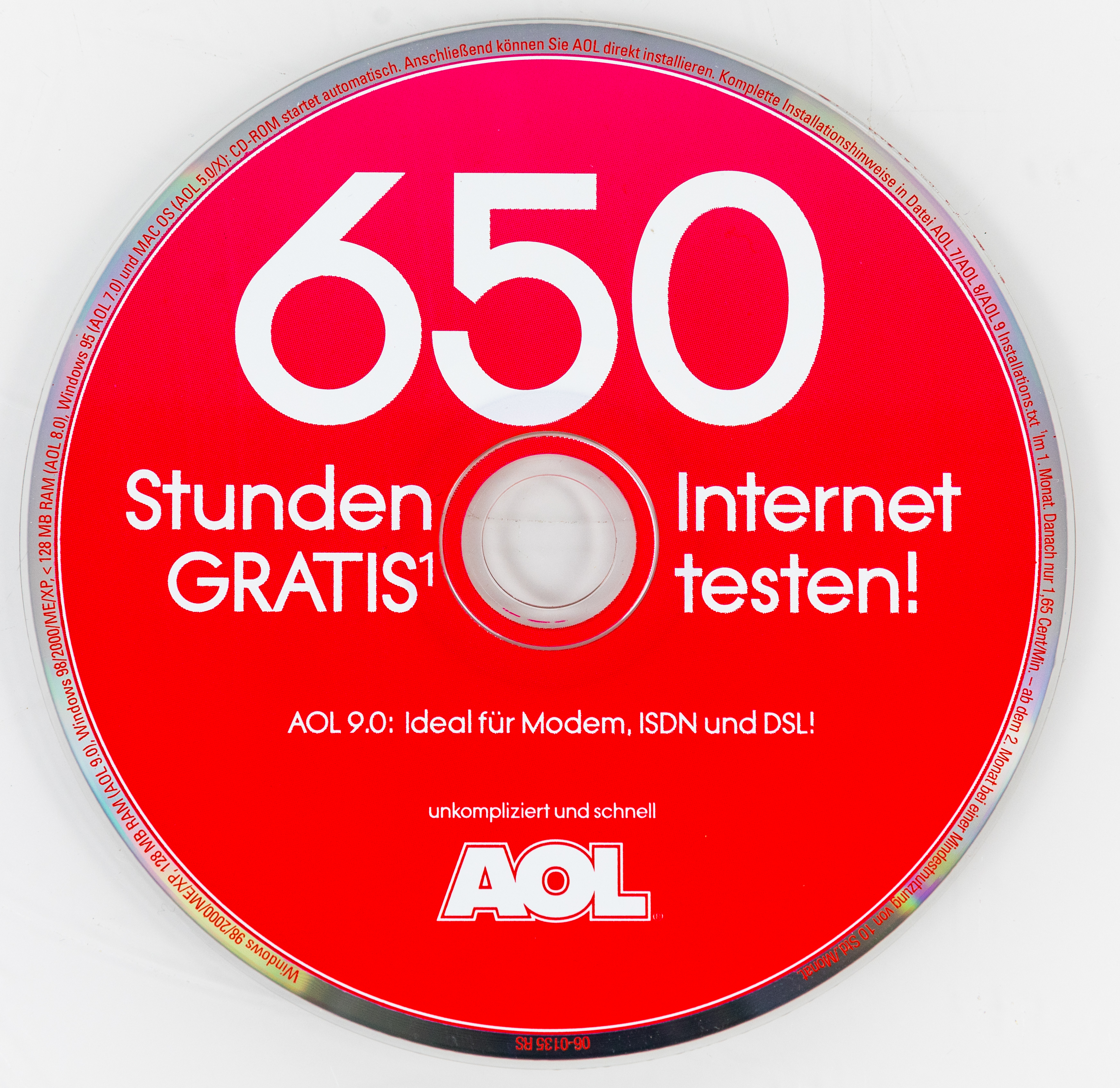
3. AOL: The Portal That Was the Internet
For millions across the late ’90s and early 2000s, AOL wasn’t just a service; it *was* the internet itself. The ritual began with the unmistakable screech and whine of a dial-up modem, followed by the iconic voice announcing, “You’ve got mail!” – a phrase so ingrained in popular culture that it even inspired a romantic comedy. Once connected, users were welcomed into a meticulously curated digital universe, a walled garden offering everything from bustling chat rooms to personalized email accounts and, crucially, AOL Instant Messenger (AIM!). It was a comprehensive online experience that guided users through the nascent digital landscape, making it accessible and manageable for a generation just getting online.
AIM, in particular, became the essential texting app before smartphones made texting ubiquitous. Its features, like custom buddy icons, away messages, and the ability to send “winks” and “nudges,” fostered a unique form of digital communication that was deeply personal and expressive. Away messages, in particular, served as emotional diaries, allowing users to broadcast their moods, song lyrics, or cryptic messages to their entire contact list. The ubiquitous question, “BFF?”, wasn’t just a query; it was a defining lifestyle choice that dictated social circles and online interactions. AOL provided the infrastructure for countless friendships, crushes, and late-night conversations, cementing its place in the hearts of its users.
However, as internet technology rapidly advanced, AOL faced insurmountable challenges. The widespread adoption of broadband internet rendered dial-up obsolete, a fundamental blow to its core business model. Simultaneously, the rise of more sophisticated and free email services like Gmail chipped away at the prestige of an @aol.com address, which increasingly became a nostalgic identifier rather than a mark of cutting-edge connectivity. AOL’s relevance steadily diminished, transforming it from a digital titan into a punchline, then a sprawling content farm, before being absorbed into larger corporate entities like Yahoo and later Verizon. Today, AOL largely exists as a legacy email provider and a poignant footnote in the history of the internet, with its beloved AIM service having officially shut down in 2017, a quiet end to a once-dominant communication tool.
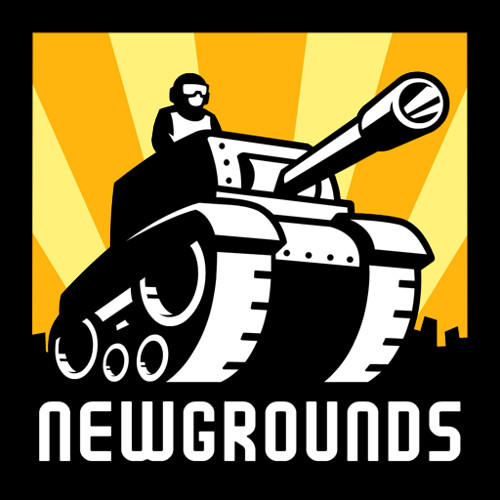
4. Newgrounds: The Unofficial Birthplace of Internet Culture
Before YouTube revolutionized video sharing and gave rise to the creator economy, there was Newgrounds, a vibrant, chaotic, and gloriously underground hub for Flash animations, quirky games, and edgy, often unpolished teen art. Launched in the late ’90s, Newgrounds quickly became the go-to destination for a generation seeking unconventional digital entertainment that mainstream media simply wasn’t providing. It was a raw, unmoderated platform where creators could experiment freely, pushing boundaries and developing unique artistic styles that would heavily influence future internet content. If the internet ever had a true punk rock phase, Newgrounds was its iconic CBGB.
This platform was a hotbed of groundbreaking creative output that resonated deeply with its audience. It was the birthplace of viral hits like “Alien Hominid,” which later evolved into a successful console game, and the mind-bending “Animator vs. Animation” series, which captivated viewers with its innovative storytelling and technical prowess. Newgrounds proved that stick figures could indeed have profound existential crises and that simple animations could convey complex emotions and humor. The site thrived on its community-driven ethos, with users rating and reviewing submissions, fostering a culture of active participation and direct feedback that shaped the emerging styles of internet humor and animation. It was a true melting pot of digital creativity, where the weirder, the better.
Despite its innovative spirit and enduring legacy, Newgrounds faced a significant challenge with Adobe’s decision to discontinue Flash in 2020. Since Flash was the very heart of the platform’s content, this announcement posed an existential threat. Yet, Newgrounds, demonstrating its inherent adaptability and resilience, has managed to survive and even thrive. The dedicated team and community worked tirelessly to convert vast archives of Flash content to modern HTML5 formats, ensuring that classics are preserved for future generations. Today, Newgrounds remains a vibrant haven for indie animators, game developers, and digital artists, continuing its legacy as a platform for creative expression. It stands as a remarkable survivor, adapting to the ever-changing tides of technology while staying true to its original, rebellious spirit.
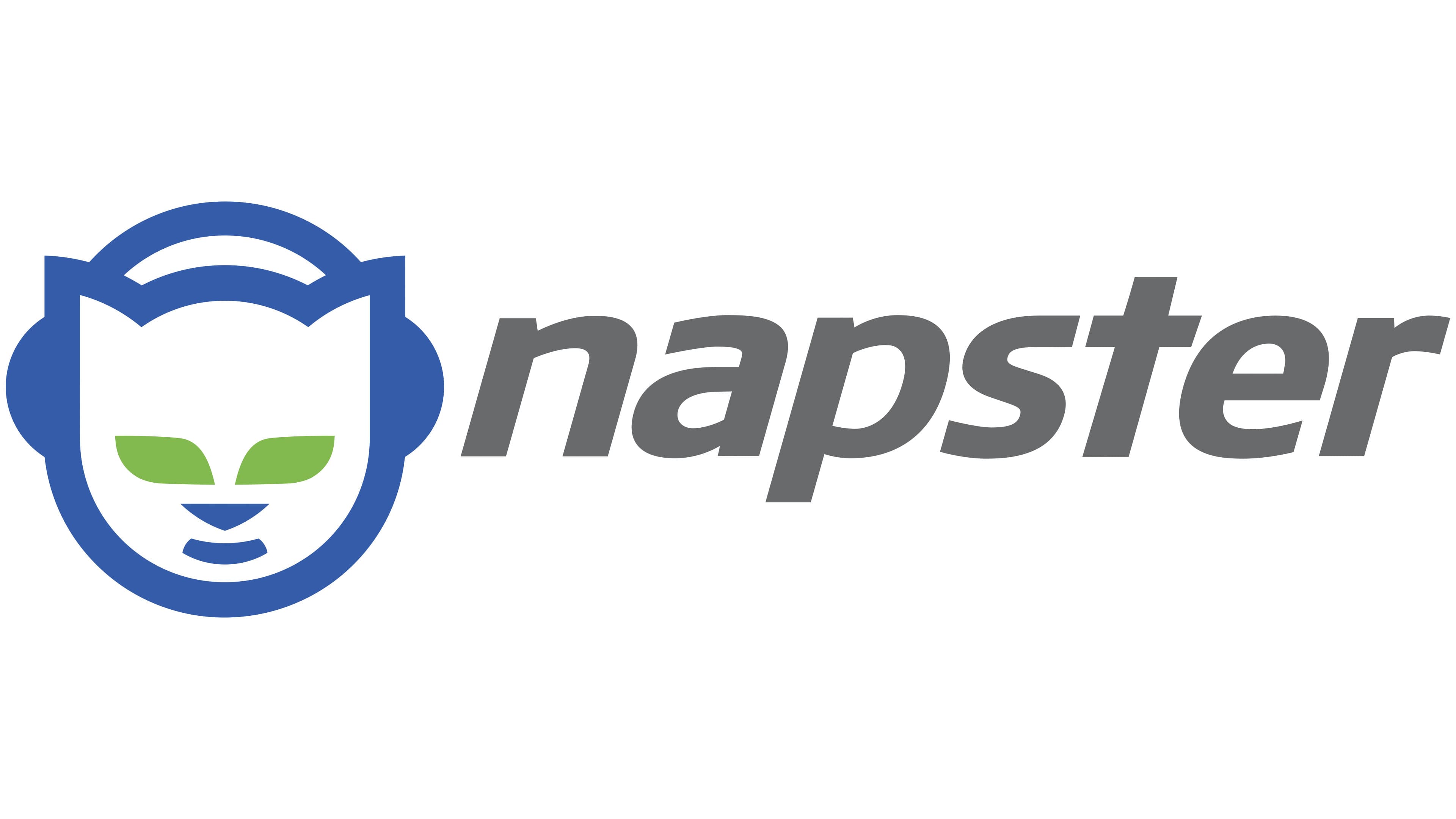
5. Napster: The Pirate King of Music
In a seismic shift that fundamentally redefined the music industry, Napster emerged in 1999 not just to change how we listened to music, but to utterly destroy the old paradigm of physical album sales and traditional distribution. For the first time, millions of users could instantly download virtually any song imaginable, completely free of charge, often within mere minutes over a nascent internet connection. It was an unprecedented revolution in accessibility, empowering individuals to build vast digital music libraries with unparalleled ease. The allure of free, on-demand music was simply irresistible, and it sparked a global phenomenon that record labels were ill-prepared to handle.
The impact on everyday users was immediate and profound. Teenagers eagerly traded MP3s like prized Pokémon cards, meticulously curating their burgeoning music collections. Hard drives across the world rapidly filled with an eclectic mix of pirated tracks, from chart-topping pop anthems by Britney Spears to the aggressive sounds of System of a Down. This widespread, unauthorized sharing sent shockwaves through the established music industry, leading to widespread outrage and panic among record labels. The Recording Industry Association of America (RIAA) famously, and somewhat comically, lost its mind, launching a barrage of lawsuits against both Napster itself and individual users in a desperate attempt to stem the tide of digital piracy.
Unsurprisingly, the legal battles proved too immense for Napster to overcome, and the original file-sharing dream was ultimately crushed by lawsuits in 2001. The platform, as it was originally conceived, ceased to exist, bringing an end to its wild, unregulated era. However, the name Napster proved resilient, undergoing multiple rebrands and ownership changes over the years. Today, it exists as a fully legitimate, paid music streaming service, a far cry from its rebellious origins. The irony is palpable: the very platform that once popularized music piracy now actively fights against it, operating within the legal framework it once vehemently challenged. It’s like witnessing Al Capone opening a Prohibition-era speakeasy museum and charging a premium for a Shirley Temple—a fascinating, full-circle moment in digital history.

6. MSN Messenger / Windows Live Messenger: The Chat App That Knew Your Secrets
While American internet users were largely immersed in the world of AIM, a different instant messaging titan reigned supreme across much of the rest of the globe: MSN Messenger, later rebranded as Windows Live Messenger. This ubiquitous chat application was far more than just a text-based communication tool; it became an indispensable part of daily life for millions, serving as the primary conduit for friendships, crushes, and late-night confessions. Its array of customizable features, from expressive display pictures to playful “winks” and assertive “nudges,” transformed mundane conversations into engaging, interactive experiences. It was the digital heartbeat of countless social lives, allowing users to express themselves in ways that felt both immediate and intimate.
MSN Messenger truly embraced personalization, allowing users to meticulously craft their online presence. Beyond custom display pictures, its mood tags – like “Ugh. Monday.” or a perfectly chosen emo lyric – functioned as a public emotional diary, broadcasting feelings and thoughts to one’s entire contact list. The sheer variety of emoticons and animated GIFs made conversations vibrant and expressive, adding layers of personality that plain text simply couldn’t convey. You knew a conversation was serious, or at least that someone was about to disappear for a while, when their status abruptly changed to: “BRB — mom calling,” a universally understood signal of real-world interruption. It was, in many ways, the emotional support chatbot of its time, always there to facilitate connection.
However, like many other digital giants of its era, MSN Messenger eventually succumbed to the relentless pace of technological evolution and shifting user preferences. The explosion of mobile-first chat applications like Facebook Chat, WhatsApp, and Apple’s iMessage offered more convenient, integrated, and visually appealing alternatives. These newer platforms, often bundled directly into smartphones, gradually eroded MSN Messenger’s user base. Recognizing the changing landscape, Microsoft officially shut down the service in 2013, marking the end of an era for millions of users. Yet, its legacy lives on: dedicated fans have launched various fan-made revival projects and numerous Discord servers are now dedicated to reliving the nostalgic MSN era, a testament to the deep love and connection people felt for this pioneering chat application.

7. Ask Jeeves: The Polite Butler of Early Search
Before Google’s omnipresent search bar became an almost unconscious reflex, a dapper, polite butler named Jeeves was the go-to digital assistant for many internet users seeking answers. Ask Jeeves, launched in 1996, distinguished itself from other nascent search engines by allowing users to type complete questions in natural language, rather than just keywords. The promise was that Jeeves would then provide human-like responses, aiming to understand the intent behind the query rather than simply matching strings of text. This approach offered a more intuitive and user-friendly experience, making it feel like you were genuinely interacting with a knowledgeable assistant rather than a cold algorithm.
The charm of Ask Jeeves lay not only in its innovative search methodology but also in its distinctive branding. The iconic butler mascot, impeccably dressed and ever-so-helpful, embodied the site’s commitment to providing courteous and relevant information. This persona made the experience of searching the web feel less like a laborious task and more like a refined interaction, a novel concept in the early, often clunky internet landscape. For many users, Jeeves was a trusted guide through the rapidly expanding digital universe, a friendly face in a sea of often bewildering information. It carved out a significant niche for itself by prioritizing natural language processing long before it became a commonplace feature of modern AI.
However, as search technology rapidly advanced and Google’s algorithmic prowess began to dominate, Ask Jeeves, despite its pioneering approach, found it increasingly difficult to compete. While it rebranded as Ask.com, shedding the butler mascot in an attempt to modernize its image, it gradually lost its relevance in the face of Google’s superior speed, accuracy, and comprehensive indexing capabilities. The polite butler, a beloved symbol of an earlier internet era, eventually retired from active duty as the company pivoted and adapted to a new generation of search. Today, Ask.com still exists, but the original, charmingly personalized experience of ‘asking Jeeves’ for an answer is largely a nostalgic memory, a testament to a time when search engines had personalities.
If the first seven websites gave us the blueprints for connection, creation, and discovery, then these next pioneers laid down some serious digital infrastructure for how we shared our lives, our media, and even our innermost thoughts. They represent another critical wave of digital relics that shaped our online identities and browsing habits, often in ways that still resonate today. Get ready to unearth some more forgotten gems that were once crucial parts of our daily digital existence, showcasing the incredible diversity and rapid evolution of the early web.
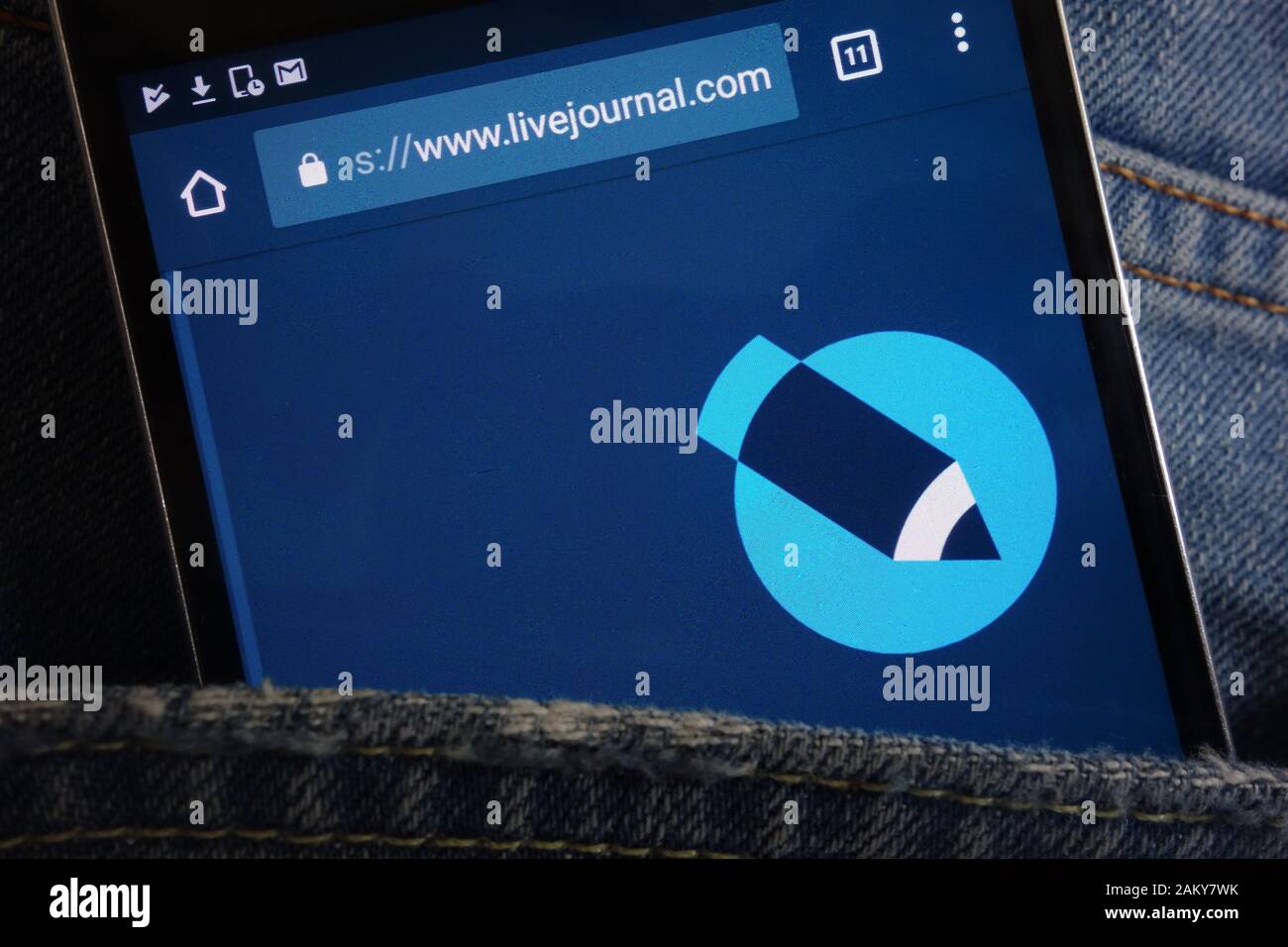
8. LiveJournal: The Internet’s Emotional Diary
Before platforms like Tumblr or WordPress became synonymous with blogging, LiveJournal carved out a unique space as the internet’s ultimate emotional diary. Launched in 1999, it perfectly blended the intensely personal nature of journaling with the burgeoning concept of social networking. It was a haven where users could document their lives, share their deep thoughts, and connect with communities that understood their specific interests, fandoms, or existential crises.
What made LiveJournal so compelling was its robust community features. Users weren’t just writing; they were interacting. They formed tight-knit groups, commented on each other’s entries, and fostered a sense of shared experience that was remarkably authentic for the time. This wasn’t just about broadcasting your thoughts; it was about connecting with others who resonated with your “personal blogs, rants, and deep thoughts.”
While LiveJournal remains active online today, its peak glory has certainly faded. Many of its dedicated users eventually migrated to newer, often more visually-driven platforms like Tumblr and WordPress, seeking fresh canvases for their digital expressions. Despite its diminished popularity, LiveJournal’s legacy as a pioneering platform for personal blogging and community building is undeniable, having provided a crucial outlet for self-expression in the nascent days of the web.
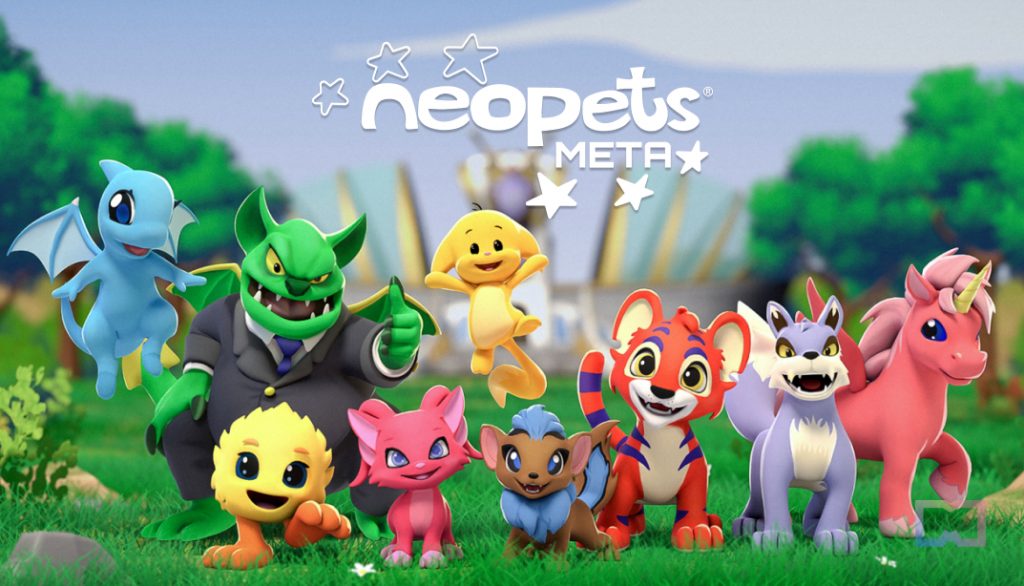
9. Neopets: Raising Digital Companions
Few websites captured the hearts and endless hours of early internet users quite like Neopets. Launched in 1999, this virtual pet website quickly became a phenomenon, hooking millions with its imaginative world of Neopia where users could adopt, care for, and customize their own digital creatures. It was an ingenious blend of gaming, collection, and social interaction, keeping users utterly engaged with its intricate ecosystem.
Beyond simply feeding and playing with their Neopets, the site offered a sprawling universe filled with mini-games, virtual shops, and a vibrant economy. Players earned Neopoints through various activities, allowing them to purchase items, customize their pets, and decorate their virtual homes. The social aspect was key, too; users “kept tabs on” people with cool Neopets, fostering a sense of friendly competition and community around their beloved digital companions.
However, like many long-running online worlds, Neopets’ popularity began to wane over time, particularly after multiple changes in ownership. While it still exists today, it’s often described as a “shadow of its former self,” struggling to maintain its original allure amidst a sea of newer, more graphically advanced online games and social experiences. Yet, for many, the memories of painstakingly earning Neopoints and customizing their beloved Kacheeks or Kougras remain a core piece of their early internet nostalgia.

10. ICQ: The Original ‘Uh-Oh!’ Moment
In the landscape of early instant messaging, before AIM dominated the American scene and MSN Messenger took hold elsewhere, there was ICQ. Launched in 1996 by an Israeli company, ICQ stands for “I Seek You,” and it was truly one of the very first widely adopted instant messaging services. It introduced a new paradigm for real-time online communication, bridging distances and connecting users in an unprecedented way.
ICQ became instantly recognizable for its distinctive features, most notably its iconic “uh-oh!” notification sound, which became synonymous with receiving a new message. This simple, memorable auditory cue was a crucial part of the early internet experience, signaling incoming digital conversations and forging countless connections across the globe. It was a pioneering tool that predated the ubiquity of texting and integrated social media chats.
While ICQ mostly faded from mainstream use as newer, often more integrated messaging platforms emerged, it hasn’t completely vanished. A modern version of the service is still around, quietly catering to a dedicated base of “die-hard fans” who appreciate its classic functionality and perhaps a touch of nostalgia. It stands as a testament to the enduring power of early digital innovation, a service that first taught us the immediate thrill of an online conversation.
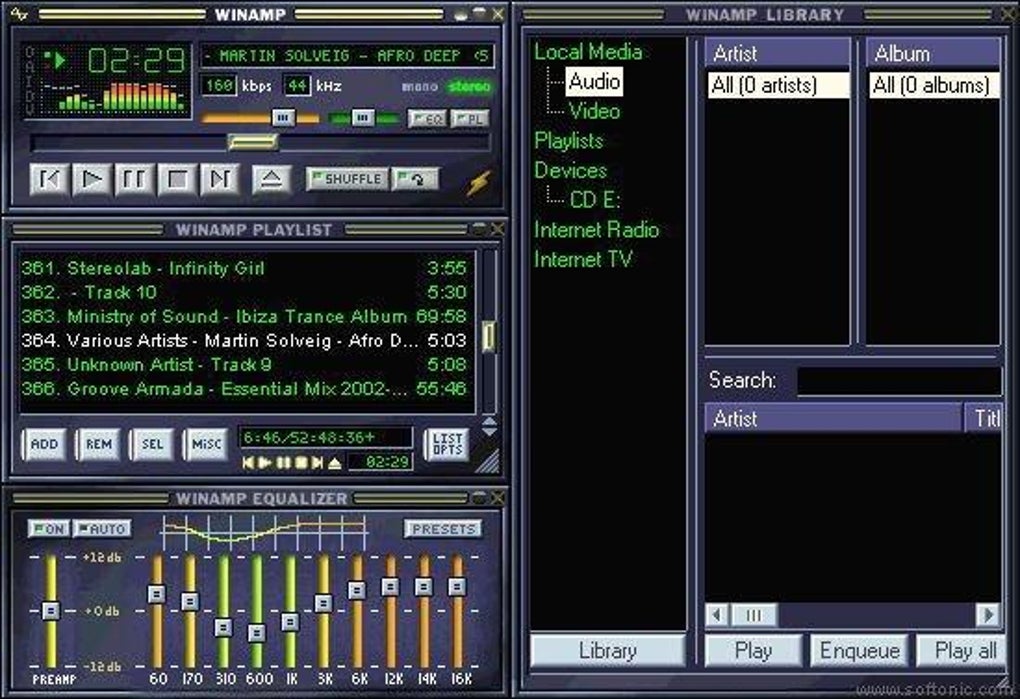
11. Winamp: The Jukebox of the Digital Age
For a generation of early internet users, Winamp wasn’t just a media player; it was *the* media player. Launched in 1997, this revolutionary software became the music player of choice, transforming how we interacted with our burgeoning collections of digital audio files, particularly MP3s. It offered an unparalleled level of control and personalization that truly made your music experience feel like your own.
Winamp’s dominance stemmed from its incredible flexibility and iconic features, most notably its “customizable skins and equalizers.” Users could completely transform the player’s interface, choosing from an endless array of visual themes that ranged from sleek to utterly outlandish. The graphic equalizer allowed for meticulous sound adjustment, letting audiophiles and casual listeners alike fine-tune their playback to perfection. It was a digital jukebox that put you firmly in the DJ booth of your own desktop.
In its heyday, Winamp was almost ubiquitous, deeply integrated into the daily digital lives of millions who were eagerly building their music libraries. However, as the digital music landscape evolved, with the rise of dedicated streaming services and integrated media players within operating systems, Winamp’s star began to dim. While it “still exists,” it has undeniably been “overshadowed by modern streaming services,” living on as a beloved relic for those who remember its glory days, a testament to the power of user-centric design in the early web.
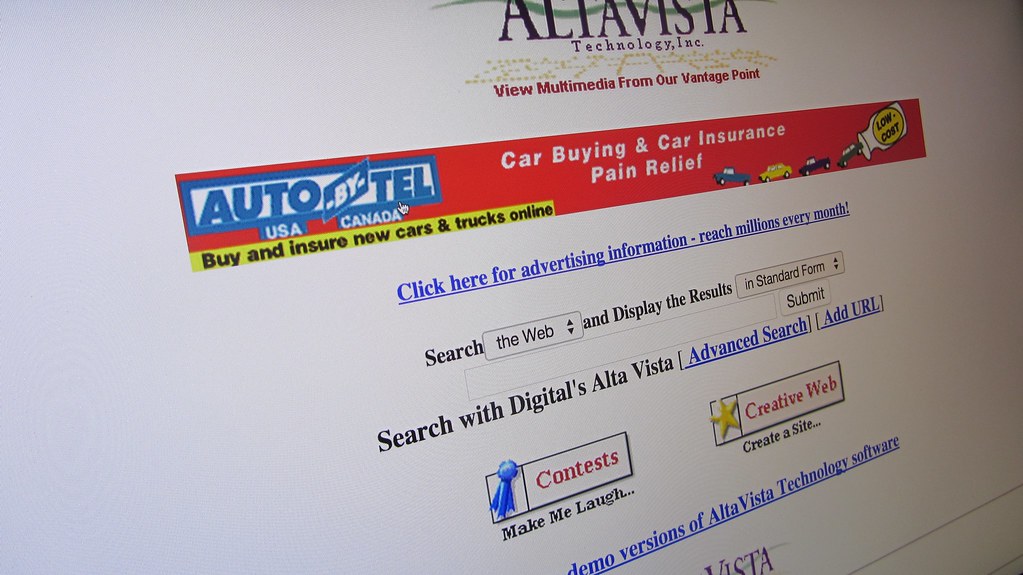
12. AltaVista: Google’s Original Challenger
Before Google’s clean, simple interface and powerful algorithms conquered the search engine world, there was AltaVista, a bona fide “top choice for finding information online.” Launched in 1995 by Digital Equipment Corporation, AltaVista was a formidable force in the nascent days of web search, renowned for its massive index of web pages and its robust search capabilities. For a significant period, it was *the* place to go when you needed to find something on the rapidly expanding World Wide Web.
AltaVista offered advanced search features that were cutting-edge for its time, allowing users to perform complex queries and explore the vastness of the internet with a degree of precision previously unmatched. Many users, even after Google emerged, “stuck it out with AltaVista for a long time,” convinced it “would make the long haul over Google.” This loyalty spoke volumes about its initial effectiveness and the trust users placed in its ability to navigate the digital wilderness.
However, as Google’s algorithmic prowess and user-friendly design gained momentum, AltaVista found itself in an increasingly difficult position. Despite its pioneering efforts, it simply couldn’t keep pace with the innovation that was redefining search. Eventually, “Yahoo! acquired and shut it down in 2013,” marking the end of an era for this once-dominant search giant. AltaVista remains a pivotal, albeit nostalgic, reminder of the intense competition that shaped the early internet’s foundational services.
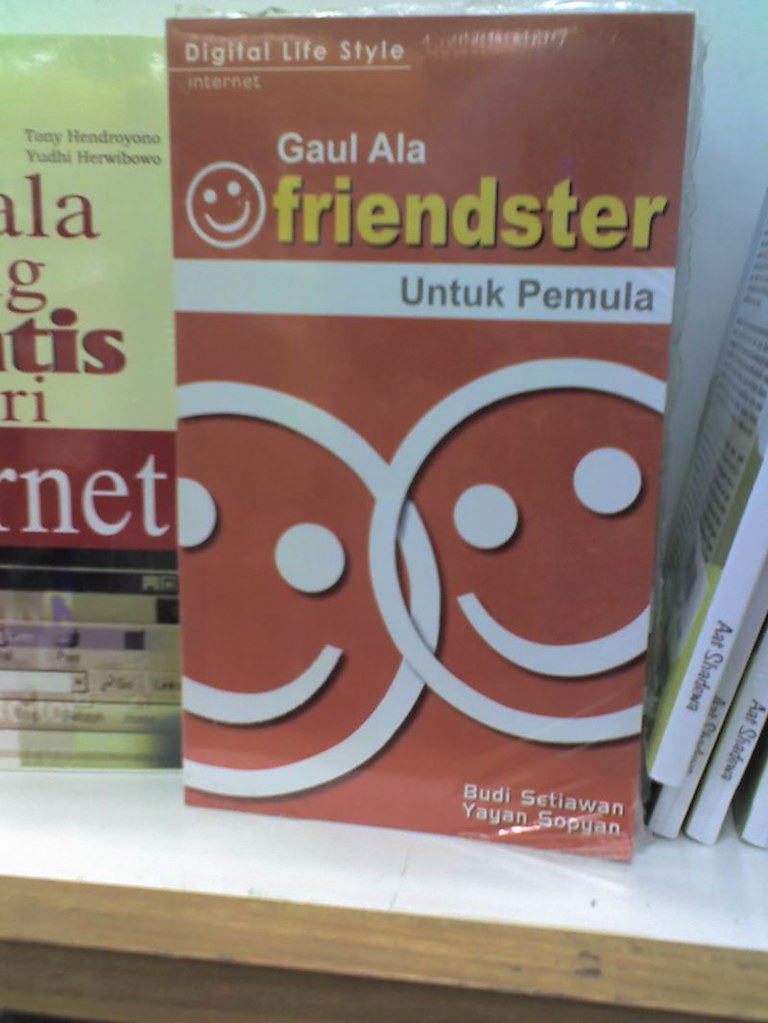
13. Friendster: The Social Pioneer’s Unlucky Fate
Long before MySpace and certainly Facebook, Friendster emerged in 2002 as “one of the first social networks” to truly capture widespread attention, pioneering many features we now take for granted. It was built on the premise of connecting friends of friends, a novel concept that allowed users to discover new people within their extended social circles. Friendster quickly amassed “millions of users” who eagerly signed up to “connect and share updates,” laying the groundwork for the social media revolution.
Friendster’s early success was a testament to the human desire for online connection and expression. Users created profiles, uploaded photos, and posted testimonials about their friends, building elaborate digital representations of their social lives. It was an exciting new frontier, offering a platform for forging new relationships and deepening existing ones, making it an indispensable part of many users’ daily routines.
However, despite its head start and significant user base, Friendster ultimately “struggled to keep up as Facebook took over.” Plagued by technical issues, a less intuitive interface compared to its leaner rivals, and a slow response to user demands, it found itself outmaneuvered. The rapid rise of Facebook, with its cleaner design and more efficient infrastructure, quickly eroded Friendster’s dominance, pushing it to the periphery of the social networking landscape.
In a valiant, though ultimately unsuccessful, attempt to regain relevance, Friendster “later tried reinventing itself as a gaming platform.” This pivot aimed to tap into the burgeoning online gaming market, but it couldn’t recapture the magic or the user base it had lost. The platform eventually “shut down,” leaving behind a powerful legacy as a true pioneer that paved the way for the social giants that followed, a bittersweet tale of being first but not lasting.

14. StumbleUpon: The Joy of Digital Serendipity
Imagine a time when browsing the internet wasn’t about endless feeds or algorithmic recommendations tailored to your every past click, but about pure, delightful serendipity. That was the magic of StumbleUpon, a “unique discovery tool” launched in 2001 that promised to make “browsing more fun” by letting users “find random websites based on their interests.” It was less about searching for something specific and more about being guided on a journey of unexpected digital delights.
StumbleUpon worked like a digital roulette wheel: you’d select your interests, click the “Stumble!” button, and be instantly transported to a website that matched your preferences. It was an exhilarating way to encounter “diverse, but quality content” that you might never have found otherwise. Users loved the feeling that “the internet was smaller back then,” making these discoveries feel all the more special and personal, a stark contrast to today’s often overwhelming digital landscape.
The platform was incredibly “popular for years,” becoming a go-to for those seeking to escape the mundane and explore the web’s hidden corners. It fostered a sense of community where users could rate pages, share their finds, and contribute to the collective pool of discoverable content, enriching the experience for everyone involved. It was a digital curator, guiding millions through the vast and varied tapestry of the early internet.
However, with the explosion of “social media” platforms that offered their own curated (or algorithmically driven) discovery mechanisms, StumbleUpon gradually “lost users.” The shift towards platforms that prioritized constant updates from friends and influencers rather than random exploration meant a decline for the beloved service. The site officially “shut down in 2018,” though a “similar service called Mix took its place,” attempting to revive the spirit of serendipitous browsing for a new generation. StumbleUpon remains a poignant reminder of an internet where discovery was a joyful, unpredictable adventure.
What a ride down memory lane! From the chaotic creativity of personal pages to the groundbreaking shifts in how we consumed music and connected with friends, the early 2000s internet was a vibrant, untamed frontier. These websites, some of which are mere whispers in the digital winds today, weren’t just functional tools; they were the very fabric of our emerging online identities. They taught us the power of customization, the thrill of discovery, and the profound joy of building communities from scratch. We may have faster connections and sleeker interfaces now, but the raw, unfiltered spirit of those pioneering platforms laid the essential groundwork for the hyper-connected world we inhabit. So, the next time you’re scrolling through your perfectly curated feed, take a moment to appreciate the messy, marvelous, and undeniably influential digital relics that paved the way. We didn’t just log on; we helped build the wild, weird, and wonderful web we still cherish. 💿✨



